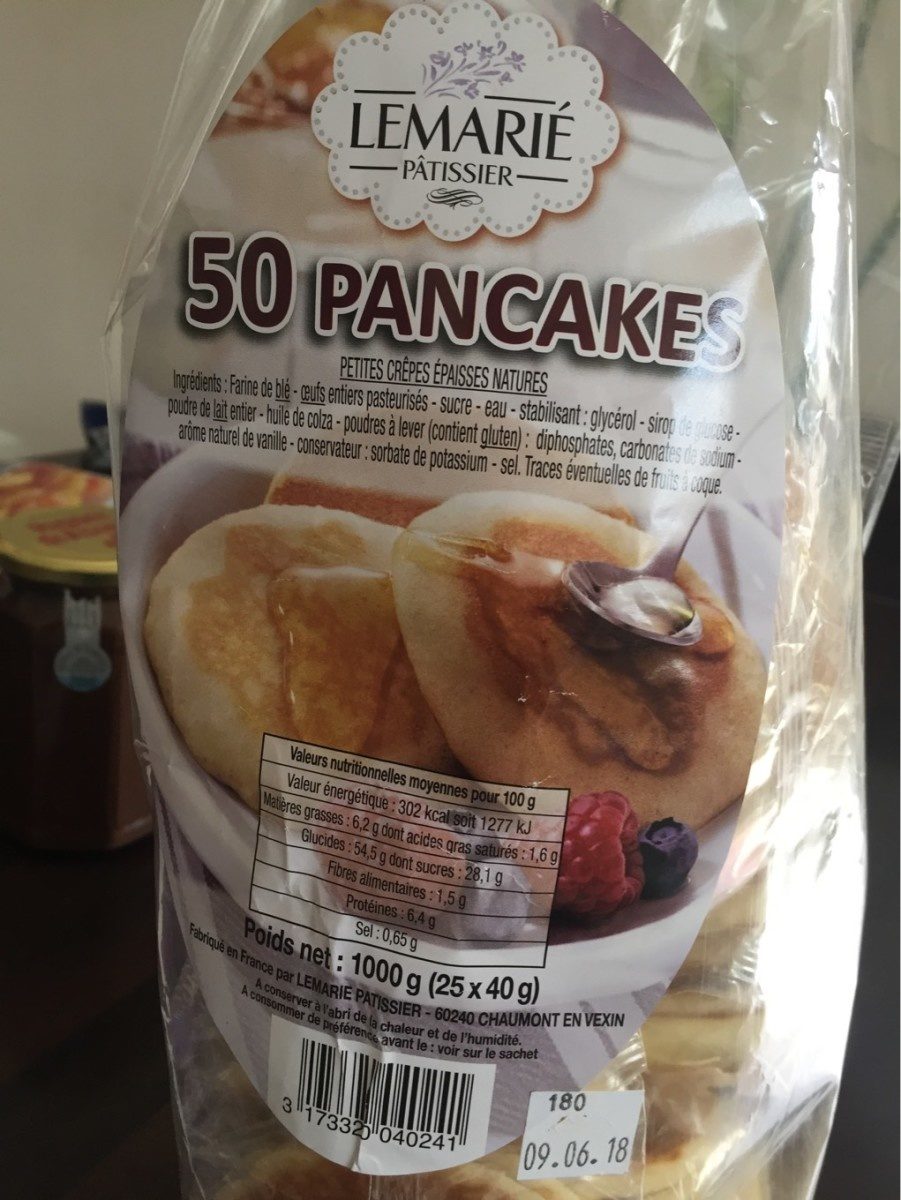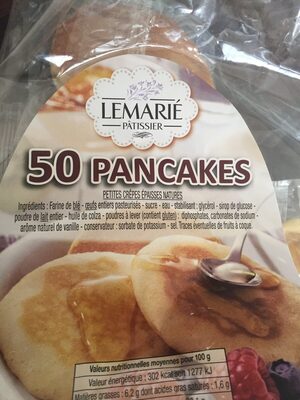Pancake Lemarie - LEMARIÉ PÂTISSIER - 1kg
This product page is not complete. You can help to complete it by editing it and adding more data from the photos we have, or by taking more photos using the app for Android or iPhone/iPad. Thank you!
×
Barcode: 3173320040241 (EAN / EAN-13)
Quantity: 1kg
Brands: LEMARIÉ PÂTISSIER
Categories: Crêpes and galettes, Pancakes
Labels, certifications, awards: Made in France
Manufacturing or processing places: France
Stores: Costco
Countries where sold: France
Matching with your preferences
Environment
Packaging
Transportation
Report a problem
Data sources
Product added on by kiliweb
Last edit of product page on by foodless.
Product page also edited by autorotate-bot, inf, mounaam, openfoodfacts-contributors, quechoisir, roboto-app, yuka.YmFwUURiVWNsK2hXdGZabjhoYm9wdWd2bU1XR1dHV1NNOVFSSWc9PQ, yuka.ZHBnOEMvOE5tZjRsaGZBRTl4VHZ3ZFZaNUlTQVZFMnpHK004SVE9PQ.
If the data is incomplete or incorrect, you can complete or correct it by editing this page.










